When Maya Penn was 8-years-old, she was a fun-loving, creative, nature-loving girl. She loved creating things and she had a passion for taking care of the environment. She always saw so much beauty in nature. So in 2008, when Maya found out that fashion companies use toxic dyes and toxic materials in their products she was devastated. She didn’t understand why designers and fast fashion companies had to put so much strain on the universe. It was then that she came up with the idea for Maya’s Idea.
Maya’s Idea is a sustainable fashion company. They use only vintage, recycle materials and natural dyes. These dyes can be anything from fruit and tea to other naturally occurring herbs. The materials are things such as bio-based organic materials and vintage fabrics. The style of these products is fashion-forward designs with a vintage flair. Everything that she makes is one of a kind and handmade. When you order something from Maya, you are getting something special and personal. This is she stands out and makes a change. Making clothes isn’t a revolutionary idea, but it is making it in a sustainable way that sets it apart. She focuses a lot on the importance of how everything we do affects the environment. It is companies like hers that put a spotlight on fast fashion brands that are so damaging to the environment.
Maya Penn is only 21 years old and has made a significant difference in the fashion industry. She has given three TED talks, has been recognized by notable people, such as former President Barack Obama, for all of her work, and has many different partnerships with different brands. It is inspiring to see that she took her passion for the environment and her creative eye to make something amazing. She has built a brand that is so influential and it is helping reinvent the whole fashion industry.
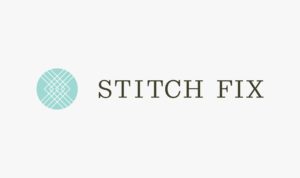

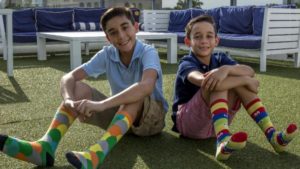
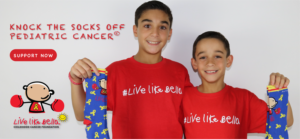
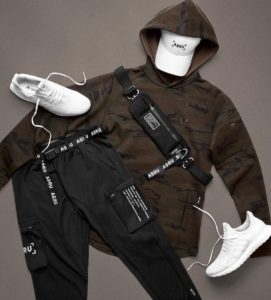
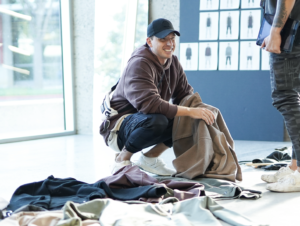

 Many people can recognize that Moziah is an inspiring entrepreneur because of his young, passionate success. However, they may not know that Moziah also has a redemptive entrepreneurship aspect of his company. His favorite bow tie is the Go Mo Bow because 100% of the proceeds are donated to help kids afford summer camp. Moziah recognized that the summer time is when child hunger is at it’s highest, and he believes in the importance of kids going to summer camp and having a fun time.
Many people can recognize that Moziah is an inspiring entrepreneur because of his young, passionate success. However, they may not know that Moziah also has a redemptive entrepreneurship aspect of his company. His favorite bow tie is the Go Mo Bow because 100% of the proceeds are donated to help kids afford summer camp. Moziah recognized that the summer time is when child hunger is at it’s highest, and he believes in the importance of kids going to summer camp and having a fun time.